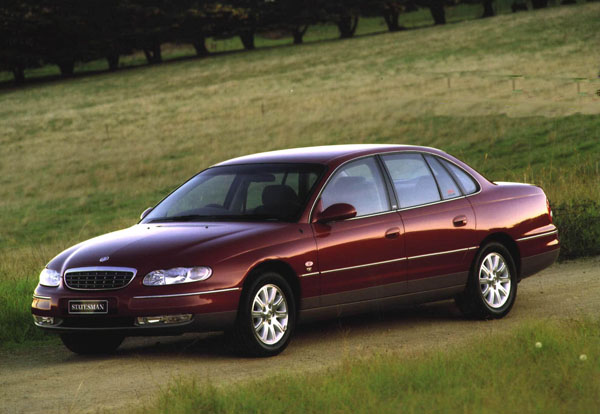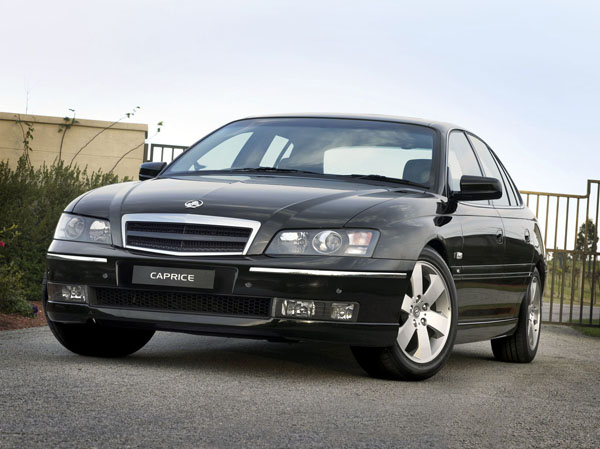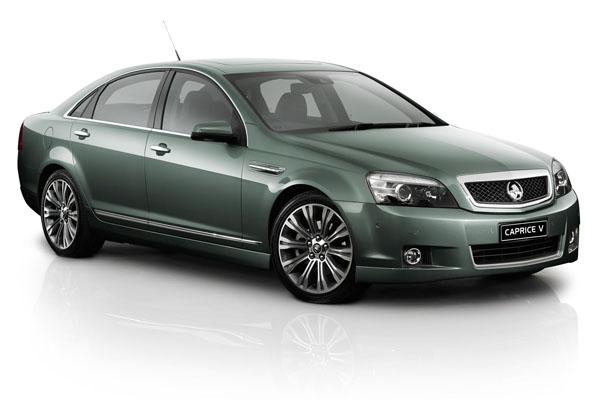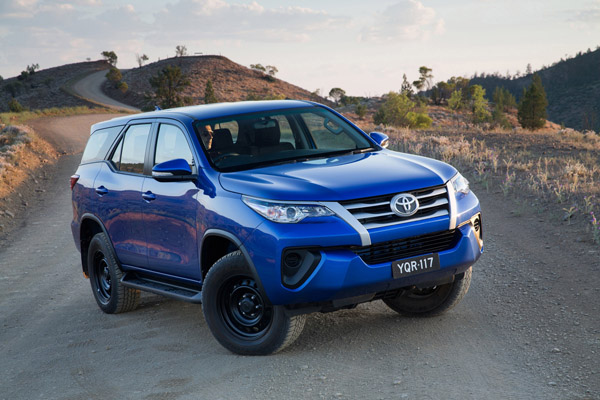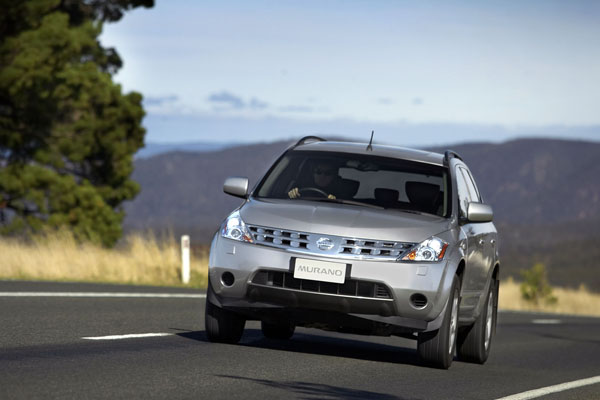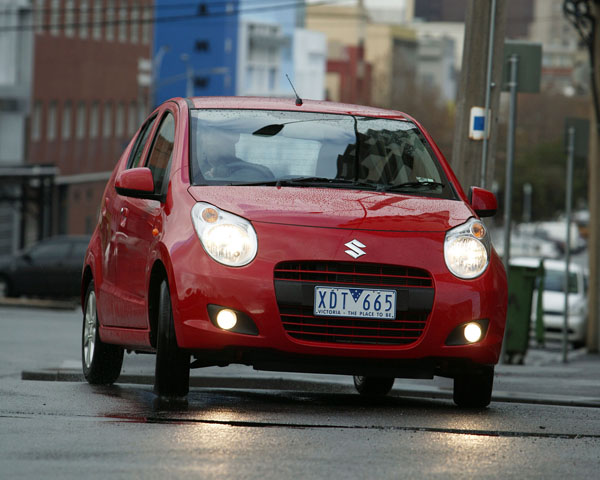Holden Statesman and Caprice are stretched versions of the standard Holden Commodore sedan. The extra length adds considerably more legroom in the rear seat and stretch out comfort is the main reason people buy them. Statesman is the lower-cost model, Caprice the upmarket one.
Though not as refined as the large, upmarket European cars in ride or handling, these big Australians are better suited to local road conditions than the Germans and Brits. In particular, they can cope with hundreds of thousands of kilometres of pounding along corrugated dirt roads without shaking the car, or its occupants, to pieces.
Significant price reductions on the new-car market following Holden’s announcement of the cessation of local manufacturing has pulled down used prices and you can get a lot of metal for your money on the used-car scene.
Caprice has been particularly popular with limousine operators and government fleets for many years and ex-government vehicles have long been been sought after by used-car buyers as the cars are usually driven very moderately, treated like babies by their drivers by their drivers and serviced strictly by the book.
However, we have noticed that the source of used Caprices is rapidly drying up as some of our politicians appeared to have switched to big BMWs, sooner than necessary…
The big Holdens are aimed chiefly at the luxury car buyer so are set up for four adults rather than five. If you want to use them as a family car, something that makes a lot of sense, you will find that three children can be carried in the back seat but the one in the centre tends to lose out a bit in the comfort stakes.
Boot size is good, though not outstanding, being about the same as in the standard Commodore. Sensibly, the stretch has gone into passenger space, not more luggage room.
These are big cars and need large parking spaces. Otherwise, Statesman and Caprice are as simple to drive as any other Commodore in day-to-day use.
Until the WM series from August 2006 the big Holdens were closely related to the Commodore station wagon, using the same extended-wheelbase platform as the wagon. Since then they have shared their wheelbase, but added body length has been used to provide that extra space.
Styling of the WM models in particular is big and imposing and differentiation between Commodore and Statesman/Caprice was greater than ever before, with only the front doors shared. The interior has also received a major redesign.
Power in the older models came from either a 3.8-litre V6 or a 5.0-litre V8. Some of the V6s were supercharged, although that wasn’t really a popular option, buyers showed a strong preference for the extra grunt of the V8 – and the blown V6 was quietly withdrawn from the new-car price list.
The engine size of the V6 was reduced to 3.6 litres in 2004. The engine was an all-new, far more modern, design and provides a lot more power than the larger six.
A 5.0-litre V8 was used until 1999 when its size increased to 5.7 litres. The engines are somewhat old-fashioned, with pushrod-operated valves, but high-tech electronics give them reasonable economy – and, of course, plenty of grunt. A 6.0-litre V8 was installed in the WM series from 2006 and is definitely of the pick of bent eights.
All these luxury Holdens are sold with automatic transmissions. These work well, giving all but imperceptible changes and a feeling of quality and refinement.
Though not quite as easy to work on as the simpler Commodore, the Statesman and Caprice have plenty of room under the bonnet and the good home mechanic can do a lot of their own work. These are complex cars in some areas, so it’s smart to have a workshop manual in front of you.
Spare parts are readily available Australia-wide and prices are very reasonable for a car of this size and luxury.
Insurance costs are low and most companies make no differentiation, though others will ask extra for the V8 and supercharged versions.
Many used Holden Statesmans and Caprices will have begun their lives as government or company fleet cars. These will have been serviced by the book and often driven by professionals so command top dollar as used cars.
WHAT TO LOOK FOR
Older engines may be relatively harsh under full acceleration. If it seems too bad get a professional opinion.
Listen for noises at the top end of the older V6 engines that may indicate valve gear problems.
Check for oil leaks towards the lower-rear areas of the sump in both the sixes and the 5.0-litre V8.
Automatic transmissions that have slurred changes or are slow to go into gear from Neutral or Park may be due for an overhaul.
Listen for a whining noise at the differential when accelerating or decelerating at speeds of around 60 to 90 km/h. It’s not usually there at steady running speeds.
Check that the brakes pull the big Holden up squarely, any pulling to one side that’s not caused by camber on the road should be treated with suspicion.
Get a written quote on all repairs needed because some apparently minor problems on these upmarket Holdens can be expensive.
CAR BUYING TIP
Start doing your homework on car prices, models and the general state of the used-car market several weeks before you intend to get serious about buying. You will be surprised you much you can learn – and save.




